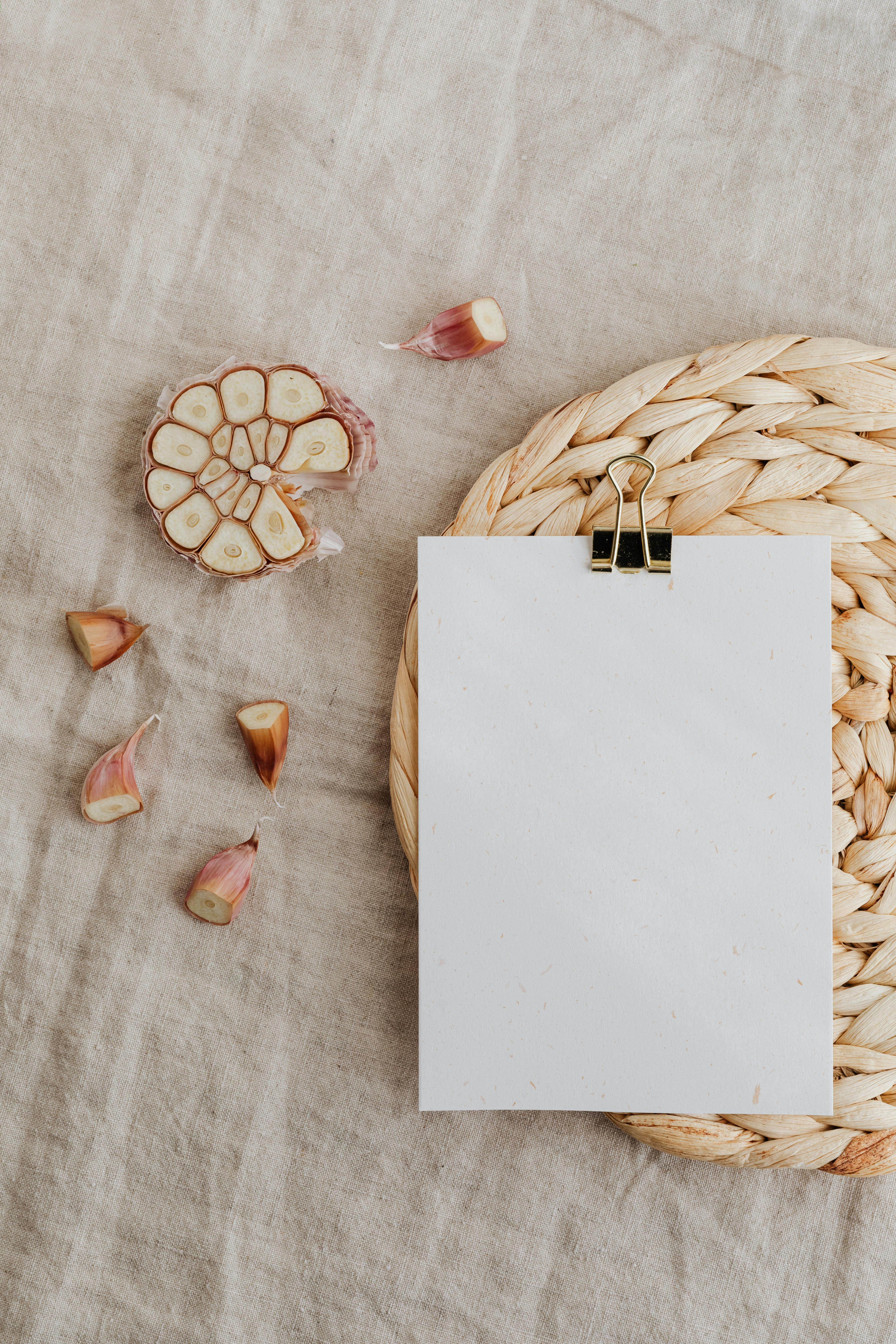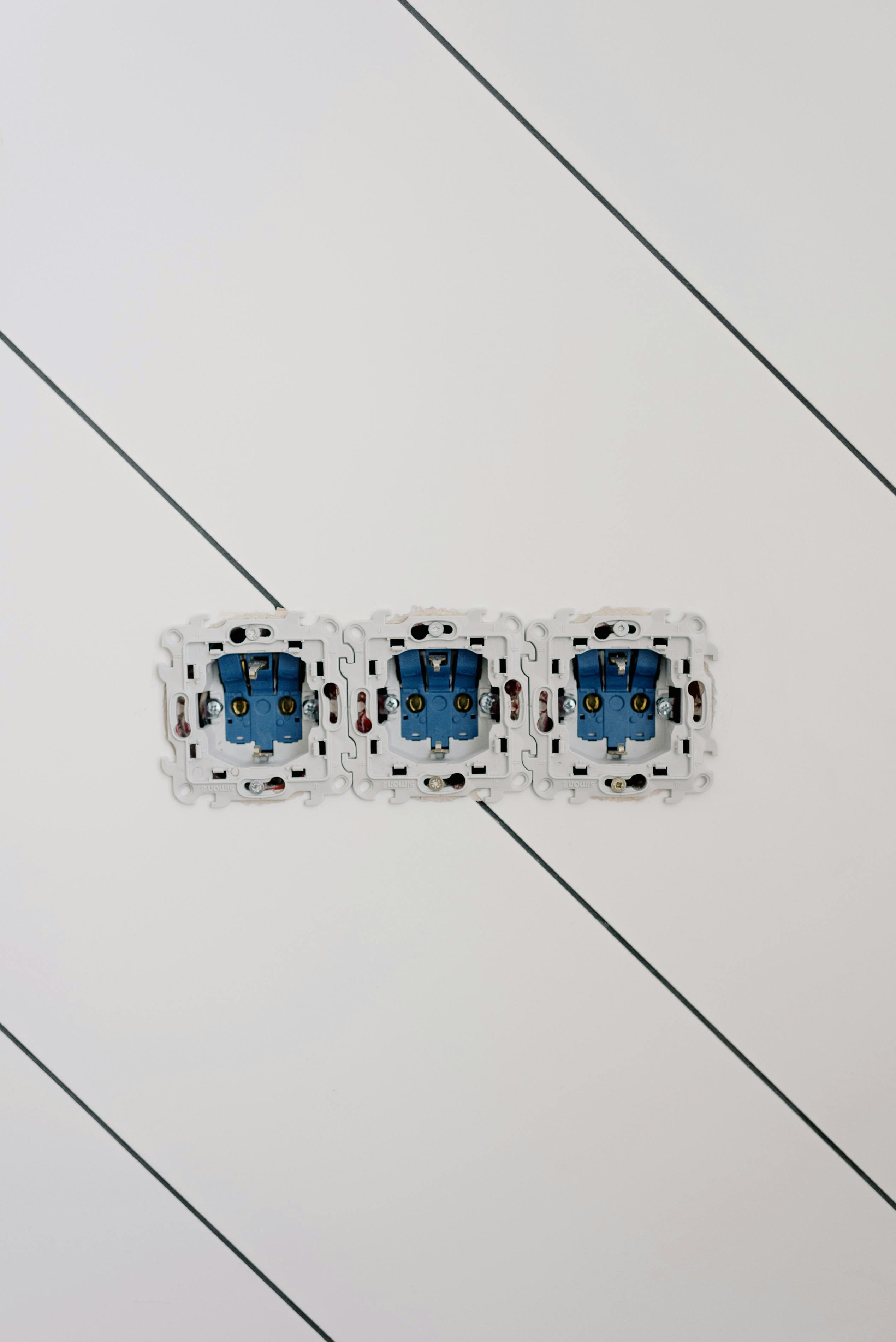Effective Ways to Care for African Violets in 2025
African violets, with their charming blooms and soft leaves, have become favored houseplants for many gardening enthusiasts. Understanding how to care for African violets is essential to ensure they thrive indoors. Their care requirements include specific attention to watering, light exposure, potting methods, and even humidity levels, which can be quite different from other houseplants.
As we enter 2025, it's vital to stay informed about the best practices for African violet maintenance. Not only does this enhance their beauty, but it also prolongs their lifespan and contributes to a vibrant indoor aesthetic. This article will provide detailed insights into various aspects of African violet care, including watering techniques, soil preferences, pest control, and common mistakes to avoid. By understanding these elements, you can support your African violets through every growth stage and keep them healthy and blooming.
Get ready to explore African violet care tips, ideal conditions for growth, and troubleshooting common problems. We’ll cover essential practices that ensure your plants not only survive but flourish.
Understanding African Violet Light Requirements
Building on the foundational aspects of African violet care, understanding their light requirements is crucial to maintaining healthy plants. African violets thrive in bright, indirect sunlight. Too much direct sunlight can scorch their leaves, while insufficient light can lead to leggy growth and fewer blooms. It's essential to find a balance that works for your specific indoor environment.
Typically, placing them near east-facing windows works well. If that's not an option, consider using grow lights to simulate the natural light they crave. Artificial lighting should be kept a few inches above the plants, giving them adequate light exposure for about 12-16 hours a day.
Adjusting Light for Seasonal Changes
Seasonal changes can significantly affect light availability. In winter, days are shorter, and natural light diminishes. This is when supplemental lighting becomes particularly important. During summer months, you may need to adjust the position of your African violets to ensure they aren’t getting too much direct sunlight, which can lead to leaf burn.
Monitoring how your plants respond to different lighting scenarios is key. Signs of too much light include browning leaf edges, while signs of too little light can be fewer blooms and stems that lean toward the light source. Adjust the location as needed to maintain their health.
Signs of Distress from Improper Lighting
Understanding the signs of distress in African violets is crucial for immediate intervention. If you notice leaf curling, fading colors, or a lack of flowers, it could all be traced back to their light conditions. These symptoms indicate that they may require different light exposure or even adjustments in humidity and temperature to promote recovery. Addressing these factors promptly can prevent further decline.
Adjust your African violets' location based on these signs to help them thrive better.
Utilizing Grow Lights for Optimal Conditions
If natural light is limited in your space, grow lights can serve as an effective solution. Choose full-spectrum LED grow lights that provide the right spectrum for plant growth. Positioning these lights at the correct distance from your African violets is essential to avoid burning them. Ideally, keep them around 6-12 inches away, depending on the light strength.
Ensure that the grow light is on for about 12-16 hours and then give the plants a rest to mimic natural conditions. This setup fosters healthy growth and vibrant blooms.
Watering Techniques for African Violets
With light conditions addressed, the next fundamental aspect of African violet care involves effective watering techniques. Watering African violets correctly can mean the difference between a thriving plant and one that struggles. They prefer consistent moisture, but overwatering can lead to root rot—a common issue among indoor plants.
The ideal approach is to water them when the top inch of soil dries out. Always use room temperature water, as cold water can shock the roots. Allow water to soak up from the bottom by placing the pot in a shallow dish of water, enabling the plant to absorb moisture over time. This method also encourages healthy root growth.

Watering Frequency for Healthy Growth
Watering frequency greatly depends on environmental factors such as temperature, humidity, and pot size. Generally, African violets thrive when watered once a week. However, during hotter months or periods of high humidity, you may need to adjust accordingly. Conversely, in cooler months, the plants may require less frequent watering.
To simplify, observing your plants is vital. If you notice yellowing leaves, it may suggest overwatering, while wilting can indicate underwatering. Adjust your schedule based on these cues to maintain a healthy balance.
Common Watering Mistakes to Avoid
While watering seems straightforward, many novice gardeners make common mistakes. Overuse of water or allowing the plants to sit in water can lead to significant health issues, such as root rot. Also, using cold water directly on the plants can cause stress. Always check to ensure water drains adequately, as poor drainage can exacerbate these problems.
Additionally, using tin or aluminum pots can conduct heat excessively, affecting moisture retention. Consider using clay or ceramic pots, which help regulate moisture levels more effectively.
Establishing a Watering Schedule
Creating a structured watering schedule can significantly improve your African violet care routine. Mark your calendar for weekly check-ins during the growing season. Adjust this timing based on how your plants respond to the conditions in your home.
In essence, keeping both a visual and a physical check on your plants will help you nurture them adequately. This proactive approach not only enhances their overall health but also provides more beautiful blooms.
Create the Ideal Soil Conditions for African Violets
African violets require specific soil types to flourish. The right potting mix not only retains moisture but also ensures excellent drainage—key for preventing water-related problems like root rot. Choosing the correct African violet potting mix is vital for establishing healthy plants.
A good mix usually consists of peat moss, vermiculite, or perlite. These components help in retaining moisture while providing excellent aeration. Avoid regular garden soil, as it often becomes too compact for successful growth.
Potting African Violets: Size Matters
The pot size also impacts the plant's health. African violets grow best in a pot that is too small as they prefer slightly cramped conditions. An ideal pot size is about 5-7 inches for most adult plants. If the pot is too large, it may retain excessive moisture, leading to potential health issues.
Make sure the pot has drainage holes to allow excess water to escape. If you're repotting a plant, doing so in fresh soil annually can revitalize it and support continued health.
Understanding African Violet Soil Preferences
The ideal soil for African violets should be light and fluffy, allowing the plant's roots to breathe. Ensuring a mix that provides both drainage and moisture retention is essential for healthy growth. Regular checks should be made to ensure the soil remains moist, but not soggy. If you find it drying out too quickly or staying too wet, consider adjusting your mix.
Incorporating organic compost in small amounts can also help improve soil health without overwhelming the plant.
Maintaining Humidity Levels for African Violets
Humidity is a significant factor affecting African violet health. These plants thrive in humidity levels between 40-60%. This is often challenging to achieve in standard indoor environments, especially during winter when heating systems dry the air out.
To meet their needs, consider using humidity trays or placing a small humidifier nearby. Grouping your African violets together can also create a microclimate with increased humidity.

Ways to Increase Indoor Humidity
There are various practical methods to increase humidity for your African violets. One effective way is to fill a shallow tray with water and pebbles and place your pots on top. As the water evaporates, it will raise the humidity around the plants.
Aim for a consistent humidity level, but be cautious not to let water accumulate around the plant base as it can lead to root issues. Frequent misting can also help, but be aware that overly wet foliage can encourage fungal growth. It’s essential to balance these methods to achieve optimal conditions.
Signs of Insufficient Humidity
Without sufficient humidity, you may notice crispy leaf edges or curling leaves, which signal that your plants are struggling. If these symptoms occur, immediately implement strategies to increase humidity. Regular monitoring will help you identify when adjustments are needed.
Importance of Humidity Trays
Utilizing humidity trays is an effective means to maintain ideal humidity levels around your African violets. These trays can not only enhance your plants' environment but also add an attractive aesthetic to your displays. Make sure to monitor water levels and refill as necessary to ensure continued humidity benefits.
Fertilization Practices for Optimal Growth
Feeding African violets correctly is critical for promoting their vibrant growth and continuous blooms. Understanding the right fertilizers for African violets and their application schedule will help you achieve significant results. An appropriate fertilizer should contain a balance of nitrogen, phosphorus, and potassium, commonly represented by the N-P-K ratio.
Apply fertilizer every 4-6 weeks during the growing season, but avoid over-fertilizing, as this can burn the roots. A diluted liquid fertilizer can work effectively; just ensure it’s formulated for houseplants or specifically for African violets.
Signs of Nutrient Deficiency
Nutrient deficiency can result in slow growth and poor flowering. Yellowing leaves may indicate a nitrogen shortage, while purple or turned-down leaves can signal phosphorus deficiencies. Observing these signs is essential to adjust your fertilization regimen accordingly.
Regular fertilization keeps your African violets healthy and ready to bloom. If you notice changes in the foliage, performing a soil test can help determine the specific needs.
Common Fertilizing Mistakes
Many caregivers unknowingly over-fertilize their plants. Remember that it's better to under-fertilize than to overdo it. Stick to an every-other-month schedule if you're unsure of your plant's needs. If a plant looks healthy and is blooming regularly, a lighter feeding routine may be sufficient.
African violets can also suffer from fertilizer burn, which often manifests as leaf curling or browning edges. Regularly flushing the soil with water can help prevent buildup.
Seeking Balance in Fertilization
Striking the right balance in your fertilization schedule not only supports flowering but encourages resilient growth. Adjust your fertilization frequency and strength based on environmental conditions and the overall health of your plants. Following these practices will ensure vibrant, long-lasting African violets.
Pruning and Maintenance of African Violets
Pruning African violets is an essential maintenance task that helps promote a bushier, more robust plant. Regular pruning allows for better air circulation and encourages new growth, ultimately contributing to healthier blooms.
It’s paramount to use clean, sharp scissors or pruning shears to reduce the risk of infections. Remove dead leaves, spent flowers, and any yellowing foliage to maintain the plant's appearance and health. This practice can invigorate older plants and help them thrive.
Best Pruning Techniques
When pruning, focus on cutting just above a leaf node or flower stem to encourage new growth. Allowing too much remaining stem can lead to an unsightly appearance. Keeping your plants tidy not only boosts their aesthetics but also their health.
Regularly checking and pruning your African violets allows for more efficient nutrient absorption and light access, which contributes to overall growth.
Benefits of Regular Maintenance
Regular maintenance helps prevent diseases and pests that may affect the overall growth of your African violets. Unattended plants can harbor pests and diseases, compromising their health. By removing unhealthy portions of the plant, you can maintain a robust and thriving plant environment.
These practices establish a strong foundation for your plants as they develop through their growth stages.
Seasonal Considerations for Pruning
Seasonal changes can dictate your pruning schedule. During the growing season, you may find that more frequent pruning is necessary as plants grow and bloom. In contrast, during the dormant months, less intervention is required. Adjust your pruning practices accordingly to respond to these natural changes and support the growth cycle of your African violets.
Common Pests and Diseases Affecting African Violets
Recognizing and addressing common African violet diseases and pests is vital to maintaining a healthy garden. Pests like aphids, mealybugs, and spider mites can cause significant distress to your plants, while diseases such as powdery mildew or root rot can be detrimental to their health.
Regular inspections and maintaining clean foliage can help in early detection of any problems and contributes to a healthier environment.
Pest Control Methods
Implementing pest control methods, such as introducing beneficial insects or using insecticidal soap, can help keep your African violets pest-free. Regular checks can reveal any signs of pest infestations, allowing you to take action quickly before significant damage occurs. Always ensure that you follow the label instructions on any treatments.
Identifying Common Diseases
Being able to identify diseases impacting African violets can prevent major issues. Conditions like botrytis blight can affect their blooming, while root rot, usually from overwatering, can lead to plant collapse. Monitoring the leaves and stems for signs of wilting or discoloration will help in early diagnosis and treatment.
Strategies for Healthy Plants
Ensuring that you provide a clean environment, proper watering, and appropriate light exposure can help combat many common diseases. Adjust care as necessary to respond to any signs of distress and make changes to the care routine as needed.
Q&A: Common Questions About African Violets
How often should I water my African violets?
Water your African violets when the top inch of soil feels dry. On average, this might be once a week, but adjust based on your home’s humidity and temperature.
What are the signs of nutrient deficiency in African violets?
Signs include yellowing leaves, poor growth, and a lack of blooms. Adjust your fertilization practices accordingly to address these issues.
Can I use regular potting soil for African violets?
No, regular potting soil tends to retain too much moisture. A specialized African violet potting mix is recommended to ensure the best growth conditions.
What temperature do African violets prefer?
African violets thrive between 65°F to 75°F (18°C to 24°C). Avoid placing them in drafts or near heating vents.
How can I propagate my African violets?
You can propagate African violets from leaves using a damp potting mix. Ensure the leaf petiole is submerged partially, and the leaf is kept in bright, indirect light.
Conclusion
By following these effective ways to care for African violets, you can enjoy thriving, blooming plants that bring joy to your indoor space. Understanding their light, water, soil, humidity, fertilization, and pest management are paramount to successful growth. Stay engaged with your plants to quickly identify any signs of distress, and adjust your care routine as necessary. With time, patience, and the right care, you’ll witness the beautiful potential of African violets flourish in your home.
Its part of generated content. Can i generate another part?